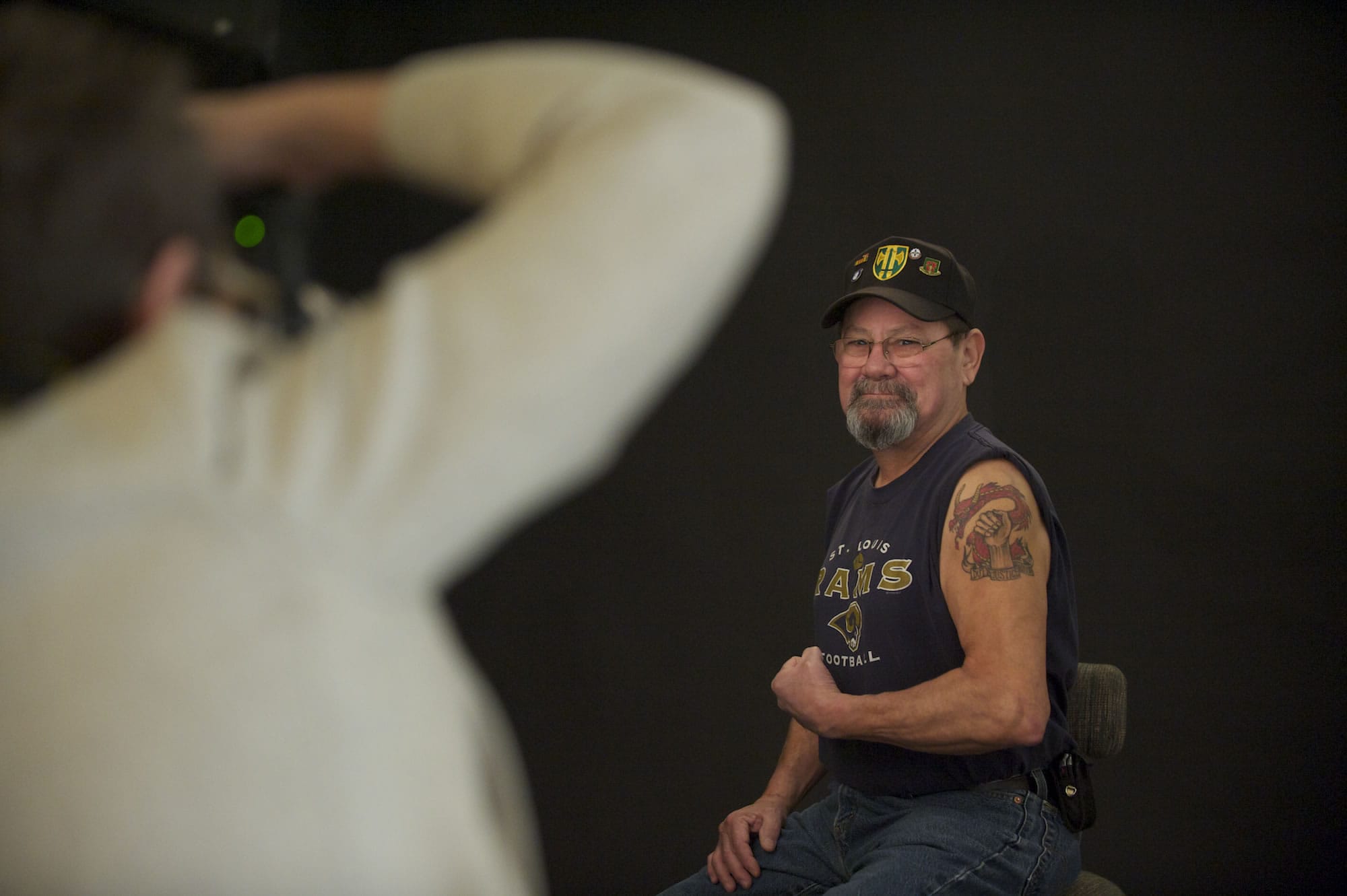What: “Vet Ink: Military-Inspired Tattoos”
When: Opens Tuesday with a reception from 5-7 p.m.; runs through Sept. 28
Where: Clark County Historical Museum, 1511 Main St., Vancouver
Fees: $4, adults; $3, seniors/students; $2, children; $10, families; veterans, active-duty military personnel and families are free.
A service-related tattoo was not always a personal choice, said Jeff Davis, a Vancouver military historian. At one point, the U.S. Army had a lot of people enlisting, receiving a bonus, then deserting so they could re-enlist in a different locale, he said. There was a move — briefly — to tattoo everyone who joined the Army to identify deserters as well as prior servicemen, Davis said.
There is serious artwork on these warriors, created as tributes to fallen comrades or to signal a personal peace with a 40-year-old war.
And there are some cartoon characters, done on a whim.
That’s the range of military-inspired tattoos in a new exhibit at the Clark County Historical Museum.
Eleven local military veterans or reservists shared their tattoos — as well as their stories — for “Vet Ink,” which opens Tuesday.




